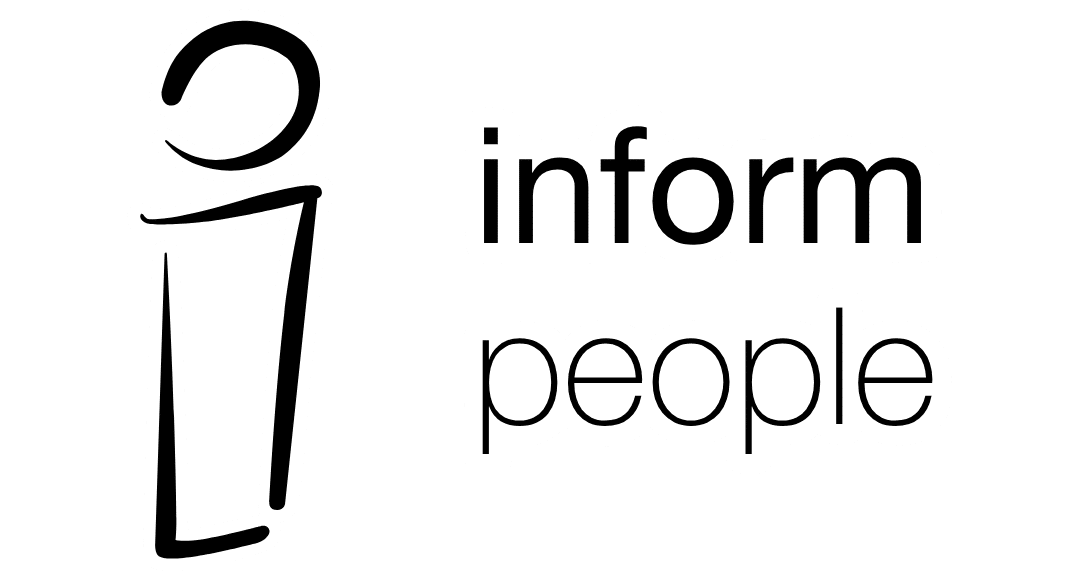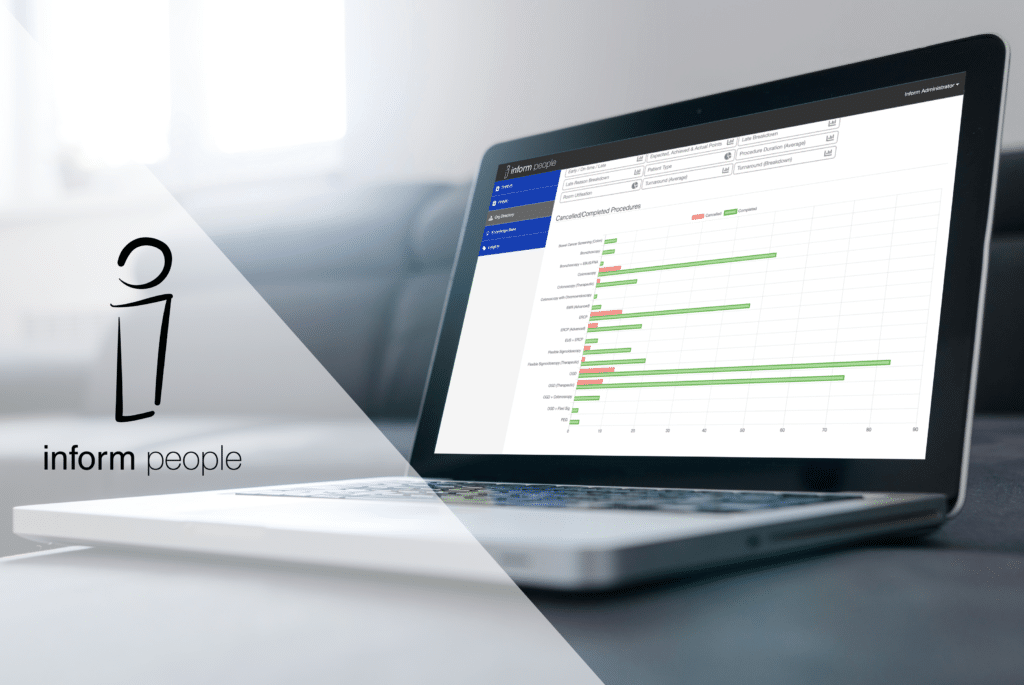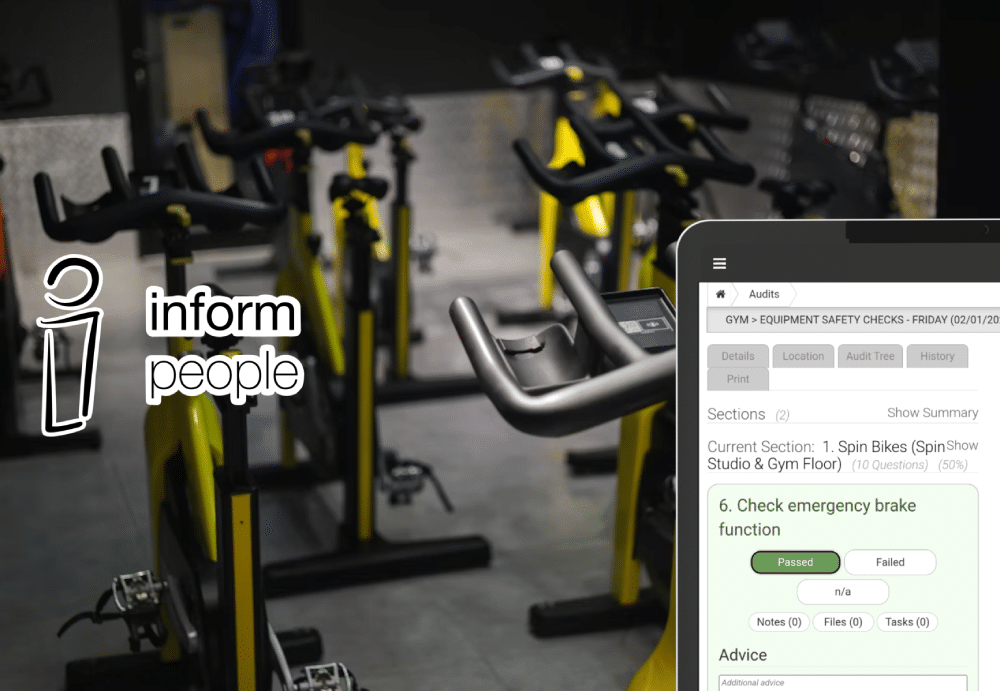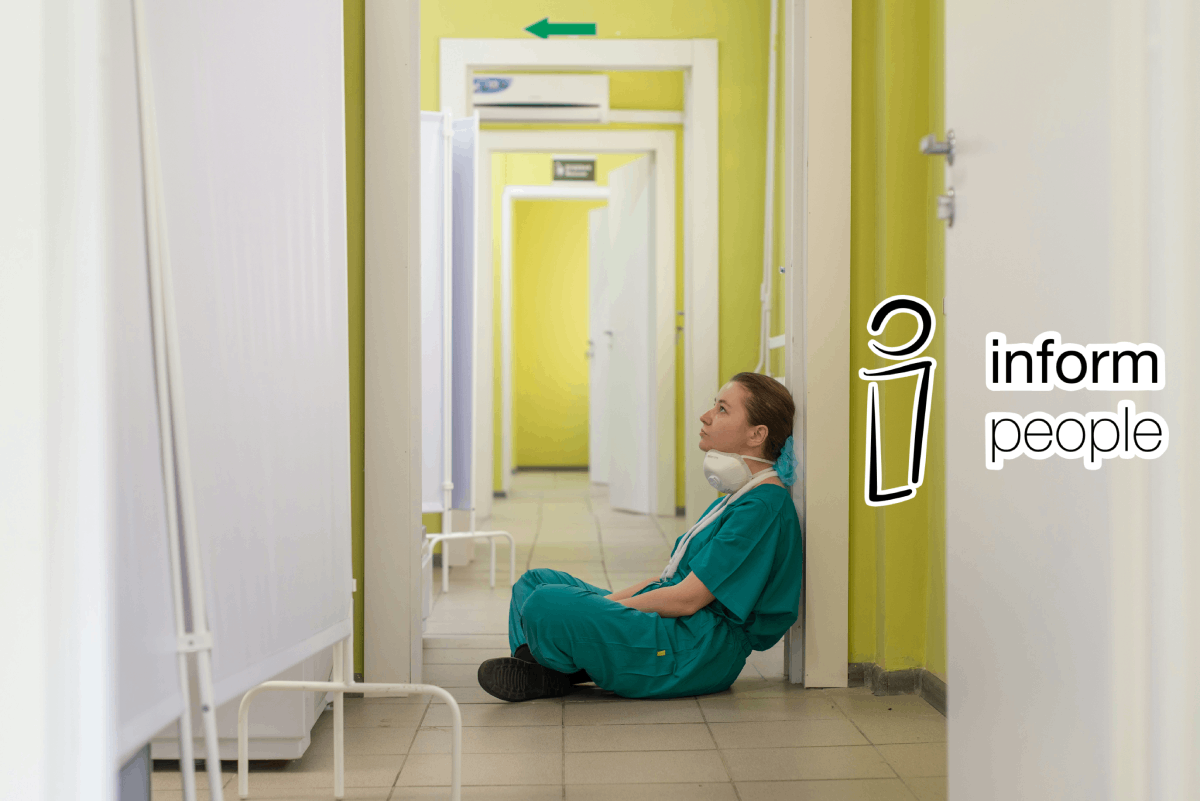For THRIVE, 2023 was a big year. During this time we welcomed onboard quite a few new regions and trusts who have now been using our productivity monitoring software for many months. While it took until 2024 to have THRIVE for Endoscopy providing full coverage of the North West, we have been able to provide information and visualisation on nearly a quarter of a million procedures across over 45,000 within the last year alone.
Among other aspects, this level of data is able to highlight common trends across multiple geographic regions and allow us to focus on highlighting opportunities where the most impactful improvements can be made.
Widespread impacts of not attending an appointment:
Looking exclusively at 2023 across the three regions on THRIVE there was an eye watering 13,521 procedures not performed due to patients not attending their appointment without providing prior notice, this is known as a ‘DNA’ (Did Not Attend).
In a similar but slightly different way, THRIVE also captures information on patients who have given a unit cancellation notice, but at too short notice to rebook the slot (Less than 24 hours). These patients made up a further 2,282 cancellations recorded on THRIVE.
While ‘Patient Cancelled Bookings’ (PCB’s) pose their own issue they are less impactful than a DNA as they can be planned around. On a well organised unit just a few hours notice ahead of a cancellation can allow time to fill the slot with an inpatient/emergency procedure or even reshuffle the list to allow for an earlier finish if no alternative procedures are available to be booked into the empty slot.
Focusing solely on DNA’s, amongst the three most commonly performed procedures (and subsequently the three most commonly cancelled) THRIVE recorded the following:
| Procedure Type | Completed Procedures | DNA’s | DNA Rate |
| OGD | 67,186 | 6,362 | 7.81% |
| Colonoscopy | 57,701 | 3,166 | 4.84% |
| Flexible Sigmoidoscopy | 20,403 | 1,320 | 5.58% |
Purely in terms of numbers and percentages these figures are significant, yet can quite easily fly under the radar as to how impactful they are when considered. In terms of the financial impact, for a ‘19 years and over, diagnostic outpatient procedure’ we see the following loss of revenue:
| Procedure Type | Cost per unit | Total Cost |
| OGD | £396.00 | £2,519,352.00 |
| Colonoscopy | £522.00 | £1,652,652.00 |
| Flexible Sigmoidoscopy | £364.00 | £480,480.00 |
| £4,652,484.00 |
Furthermore, the NHS targets of having the number of patients waiting 6+ weeks below 5% by March 2025 is far from being achieved with the below figures from December 2023 nationally:
| Procedure Type | 6+ Week Wait | Percentage |
| OGD | 19,038 | 31.50% |
| Colonoscopy | 24,985 | 36.60% |
| Flexible Sigmoidoscopy | 10,296 | 40.90% |
Perfection is not the goal, ongoing performance improvement is
It’s not realistic to imagine a scenario in which all DNA’s are prevented, but reducing the number of DNA’s to 3% for each of the above procedures would have seen over an additional 5,000 procedures valuing at over £2.5 million across just the North West of England.
Handling the DNA crisis is not an easy task and not one that will see a universal solution. Factors such as work force, funding and population demographics mean that neighbouring trusts can have completely different DNA rates and face completely different issues in getting their patients to attend appointments.
This is why it becomes crucial to not only have access to data displaying where issues may be occurring but also to have the ability to share insights with other trusts and regions.
As THRIVE is non-patient-details based (it contains no identifying information, only procedure types) it can be used alongside any existing booking system in place already. By keeping time recording and procedure list monitoring inside THRIVE it means that data recording differences are reduced and the data is being produced using the same methods at all locations using THRIVE. This allows for a significantly increased level of comparison among sites that may not be possible when looking at information compiled from different sources or systems across a region or beyond.
THRIVE data is used in this exact manner to allow for open discussion within multiple different regions, between trusts. Regions can have regularly scheduled meetings supported by THRIVE data to tackle issues they believe are pressing and can gain an understanding of what their neighbours are already doing to tackle issues like DNA rate.
As the THRIVE system is completely universal, if no solutions can be found within the region then networking between regions can occur to cast a wider net and look further afield for performance improving solutions.
This methodology is being used to tackle DNA rates (among other issues) already across multiple locations recording information on THRIVE, with some results coming from:
- Predictive Overbooking based on session, procedure type and day of the week
- Reviews of patient type and location to identify where better patient engagement may be required and how this can be achieved
- Booking system and administration team overhauls
These are just a few solutions that trusts using THRIVE and collaborating regularly have found. However, what works at one location may not be effective at another. This makes networking important to understand multiple different approaches to solving the DNA issues affecting the NHS. Working together and sharing best practice is what will drive improvements – it’s putting the data back into reality to monitor the impacts of change which will be where we start to see the difference.
Upon implementation of potential solutions, THRIVE custom reports can be utilised to ensure changes are having a positive effect on the number of patients being treated. It’s important to have this information available on a quick and easy basis – like the THRIVE issued reports and live reporting tools – to safeguard the unit against changes having negative impacts too. This means, if a change does not produce the intended results it can be reverted or altered in another way before performance is significantly impacted too.
Stagnation and inflexibility will not reduce waiting lists or see a reduction in non-attendance. Changing approaches with agility, checking impacts and continuing to adjust and share impacts is where we will see the biggest positive impacts.
‘Data alone will not solve the problem: it is an enabler to achieve change’




